Appalachian Trail
The Appalachian Trail, also called the A.T., is a hiking trail in the Eastern United States, extending almost 2,200 miles (3,540 km) between Springer Mountain in Georgia and Mount Katahdin in Maine, and passing through 14 states. The Appalachian Trail Conservancy claims the Appalachian Trail to be the longest hiking-only trail in the world. More than three million people hike segments of the trail each year.
The trail was first proposed in 1921 and completed in 1937. Improvements and changes have continued since then. It became the Appalachian National Scenic Trail under the National Trails System Act of 1968.
The trail is maintained by 31 trail clubs and multiple partnerships, and managed by the National Park Service, United States Forest Service, and the nonprofit Appalachian Trail Conservancy. Most of the trail is in forest or wild lands, although some portions traverse towns, roads and farms. From south to north it...Read more
The Appalachian Trail, also called the A.T., is a hiking trail in the Eastern United States, extending almost 2,200 miles (3,540 km) between Springer Mountain in Georgia and Mount Katahdin in Maine, and passing through 14 states. The Appalachian Trail Conservancy claims the Appalachian Trail to be the longest hiking-only trail in the world. More than three million people hike segments of the trail each year.
The trail was first proposed in 1921 and completed in 1937. Improvements and changes have continued since then. It became the Appalachian National Scenic Trail under the National Trails System Act of 1968.
The trail is maintained by 31 trail clubs and multiple partnerships, and managed by the National Park Service, United States Forest Service, and the nonprofit Appalachian Trail Conservancy. Most of the trail is in forest or wild lands, although some portions traverse towns, roads and farms. From south to north it passes through the states of Georgia, North Carolina, Tennessee, Virginia, West Virginia, Maryland, Pennsylvania, New Jersey, New York, Connecticut, Massachusetts, Vermont, New Hampshire, and Maine.
Thru-hikers walk the entire trail in a single season. The number of thru-hikes per year has increased steadily since 2010, with 715 northbound and 133 southbound thru-hikes reported for 2017. The Appalachian Trail Conservancy estimates there are over 3,000 attempts to traverse the entire trail each year, about 25% of which succeed. Many books, documentaries, and websites are dedicated to the pursuit. Some hike from one end to the other, then turn around and thru-hike the trail the other way, known as a "yo-yo".
Affiliated trail sections extend from either end from the north as the International Appalachian Trail into Canada and beyond, and from the south as the Eastern Continental Trail into the Southeastern states of Alabama and Florida.
The Appalachian Trail, the Continental Divide Trail, and the Pacific Crest Trail informally constitute the Triple Crown of Hiking in the United States.
 Marker on the trail near Sugarloaf Mountain in Maine
Marker on the trail near Sugarloaf Mountain in MaineThe trail was conceived by Benton MacKaye, a forester who wrote his original plan—called "An Appalachian Trail, A Project in Regional Planning"[1][2]—shortly after the death of his wife in 1921. MacKaye's idea detailed a grand trail that would connect a series of farms and wilderness work/study camps for city-dwellers along the Appalachian Mountains from the highest point in the North (Mount Washington in New Hampshire) to the highest in the South (Mount Mitchell in North Carolina). Hiking was an incidental focus of his plan.[3] In 1922, at the suggestion of Major William A. Welch, director of the Palisades Interstate Park Commission, his idea was publicized by Raymond H. Torrey with a story in the New York Evening Post under a full-page banner headline reading "A Great Trail from Maine to Georgia!"
On October 7, 1923, the first section of the trail, from Bear Mountain west through Harriman State Park to Arden, New York, was opened. MacKaye then called for a two-day Appalachian Trail conference to be held in March 1925 in Washington, D.C. This meeting inspired the formation of the Appalachian Trail Conference (now called the Appalachian Trail Conservancy) (ATC).[4] Arthur Perkins, a retired judge, and his younger associate Myron Avery took up the cause. In 1929, Perkins, who was also a member of the Connecticut Forest and Park Association and its Blue Blazed Trails committee, found Ned Anderson, a farmer in Sherman, Connecticut, who took on the task of mapping and blazing the Connecticut leg of the trail (1929–1933). It ran from Dog Tail Corners in Webatuck, New York, which borders Kent, Connecticut, at Ashley Falls, 50 miles (80 km) through the northwest corner of the state, up to Bear Mountain at the Massachusetts state line.[5] A portion of the Connecticut trail has since been rerouted (1979–1983) to be more scenic, adhering less to highways and more to wilderness, and includes the Ned K. Anderson Memorial Bridge.[6]
Anderson's efforts helped spark renewed interest in the trail, and Avery, who led the project after Perkins' death in 1932, was able to bring other states on board. Upon taking over the ATC, Avery adopted the goal of building a simple hiking trail. He and MacKaye clashed over the ATC's response to the construction of a road that overlapped part within Shenandoah National Park;[7] MacKaye left the organization, while Avery was willing to reroute the trail. Avery served as Chair of the ATC from 1932 to 1952, the year he died.[8][9] Avery became the first to walk the trail end-to-end, though not as a thru-hike, in 1936. In August 1937, the trail was completed to Sugarloaf Mountain in Maine, and the ATC shifted its focus toward protecting the trail lands and mapping the trail for hikers.
Paul M. Fink was honored in 1977 by the Appalachian Trail Conference as "the guiding influence" in establishing the Trail in Tennessee and North Carolina in the 1920s.[10] Fink was inducted into the Appalachian Trail Hall of Fame in 2019.[11] In 1922, only a year after Benton MacKaye's famous article proposing an Appalachian Trail was written, Fink began corresponding with hiking leaders in New England about building the Trail. When Myron Avery began planning the route of the AT in the south, Fink was the first person he contacted.[12]
Many of the trail's present highlights were not part of the trail in 1937: Roan Mountain, North Carolina and Tennessee; the Mount Rogers high country, including Grayson Highlands, Virginia; the Pochuck Creek swamp, New Jersey; Nuclear Lake, New York; Thundering Falls, Vermont; and Saddleback Mountain, Maine. Except for places where the Civilian Conservation Corps was brought in (mostly in Shenandoah National Park, the Great Smoky Mountains, and Maine), the original trail often climbed straight up and down mountains, creating rough hiking conditions and a treadway prone to severe erosion. The ATC's trail crews and volunteer trail-maintaining clubs have relocated or rehabilitated miles of trail since that time.[13]
In 1936, a 121-day Maine to Georgia veteran's group funded and supported thru-hike was reported to have been completed, with all but three miles of the new trail cleared and blazed, by six Boy Scouts from New York City and their guides.[14] The completed thru-hike was much later recorded and accepted by the Appalachian Long Distance Hikers Association.[15] In 1938, the trail sustained major damage from a hurricane that went through the New England area. This happened right before the start of World War II and many of the people working on the trail were called to active duty.[16]
In 1948, Earl Shaffer of York, Pennsylvania, brought a great deal of attention to the project by publicizing the first claimed thru-hike. The claim was later criticized for the hike's omission of significant portions due to short-cuts and car rides.[17][18][19] Shaffer later claimed the first north-to-south thru-hike, the first to claim to do so in each direction.[20] Chester Dziengielewski was later to be named the first south bound thru-hiker.[17] In 1998, Shaffer, nearly 80 years old, hiked the trail, making him the oldest person to claim a completed thru-hike.[21][22] The first woman to walk the trail in a single season was Peace Pilgrim in 1952, while the first solo woman to complete the hike was 67-year old Emma Gatewood who completed the northbound trek in 1955, taking 146 days. She repeated the achievement two years later,[23] and again in 1963, at age 75.
In the 1960s, the ATC made progress toward protecting the trail from development, thanks to efforts of politicians and officials. Wisconsin senator Gaylord Nelson offered legislation to protect the route.[24] The National Trails System Act of 1968 designated the Pacific Crest Trail and Appalachian Trail as the first national scenic trails[25] and paved the way for a series of such trails within the national park and national forest systems.[26] Trail volunteers worked with the National Park Service to map a permanent route for the trail, and by 1971 a permanent route had been marked (though minor changes continue to this day). By the close of the 20th century, the Park Service had completed the purchase of all but a few miles of the trail's span.
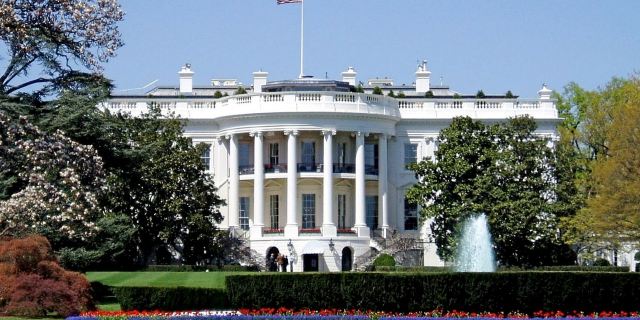

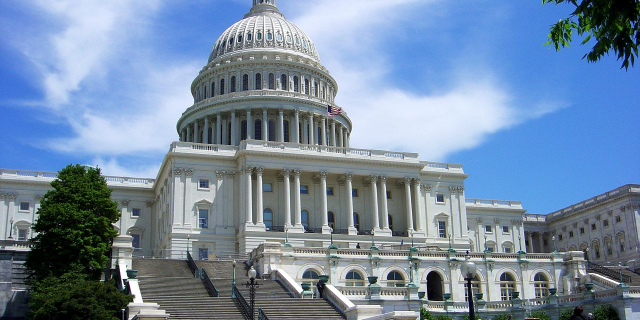





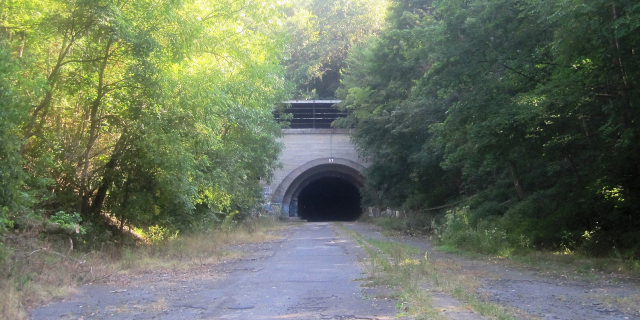








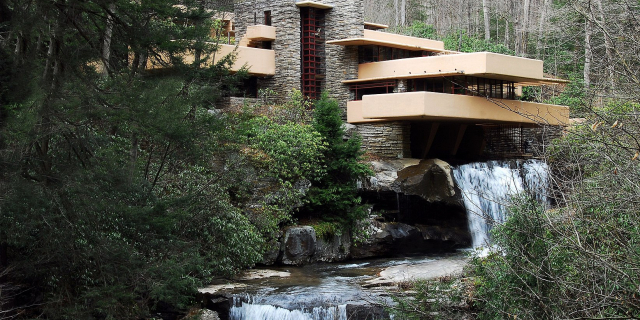




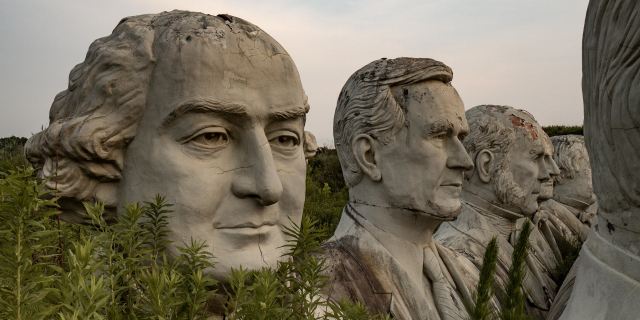

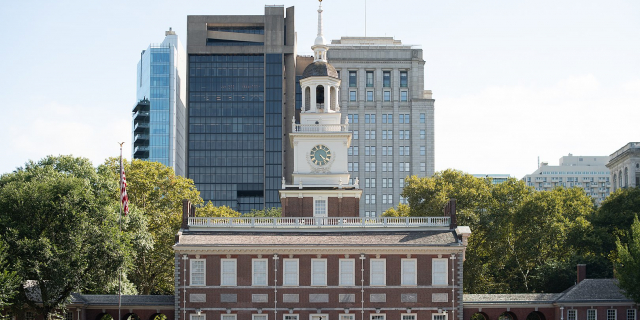




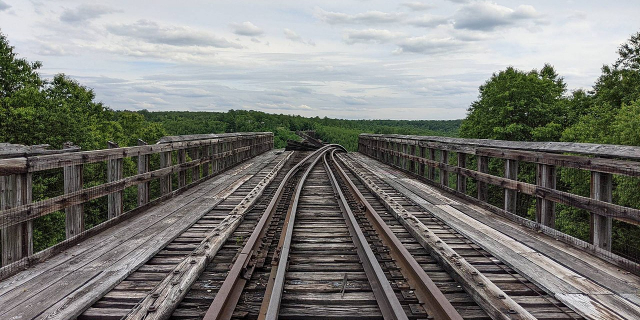



Add new comment